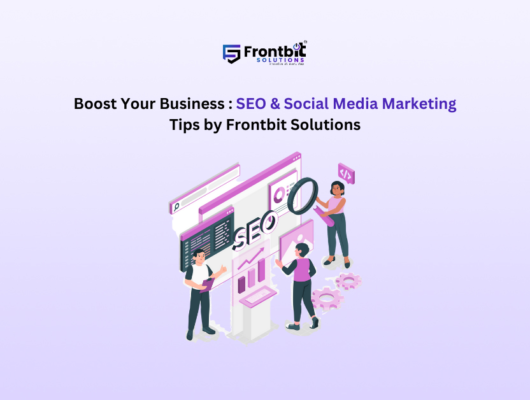Introduction
Kick off your blog by explaining how technology underpins nearly everything we do in the digital age. From the websites we browse to the apps we use, a complex interplay of software components makes it all possible. This intricate web of tools and technologies is what we call a tech stack.
What is a Tech Stack?
Define a tech stack as the collection of programming languages, frameworks, libraries, databases, and other software components used to build and run a software application. Imagine a stack of building blocks, with each layer representing a different technology that contributes to the overall functionality of the application.
Structure of a Tech Stack
Here, delve into the two main categories that make up a tech stack:
- Front-end: This refers to the user-facing side of an application, the visual elements and functionalities users interact with directly. Common front-end technologies include HTML, CSS, and JavaScript frameworks like React or Angular.
- Back-end: This is the engine that powers the application, handling data processing, server-side logic, and database interactions. Back-end technologies encompass programming languages like Python, Java, or PHP, along with databases like MySQL or PostgreSQL.
Types of Tech Stacks
- Full-stack: This refers to a tech stack that includes both front-end and back-end technologies. Full-stack developers possess expertise across the entire development spectrum.
- Mean Stack: A popular full-stack stack combining MongoDB (database), Express.js (web framework), Angular/React (front-end framework), and Node.js (JavaScript runtime environment).
- LAMP Stack: Another widely used full-stack option featuring Linux (operating system), Apache (web server), MySQL (database), and PHP (programming language).
Real-Life Tech Stack Examples
- Social Media Platform: A social media platform might leverage a MEAN stack for its scalability and flexibility, with a user-friendly front-end built with React and a robust back-end powered by Node.js and MongoDB.
- E-commerce Website: An e-commerce website could utilize a LAMP stack for its established structure. The familiar combination of PHP and MySQL ensures smooth product management and secure transactions.
Ready to leverage the power of hybrid development for your business? Contact Frontbit Solutions today!
We can connect at info@frontbitsolutions.com or you can give us a call at +919624109307 also DM on WhatsApp https://wa.me/919624109307.







